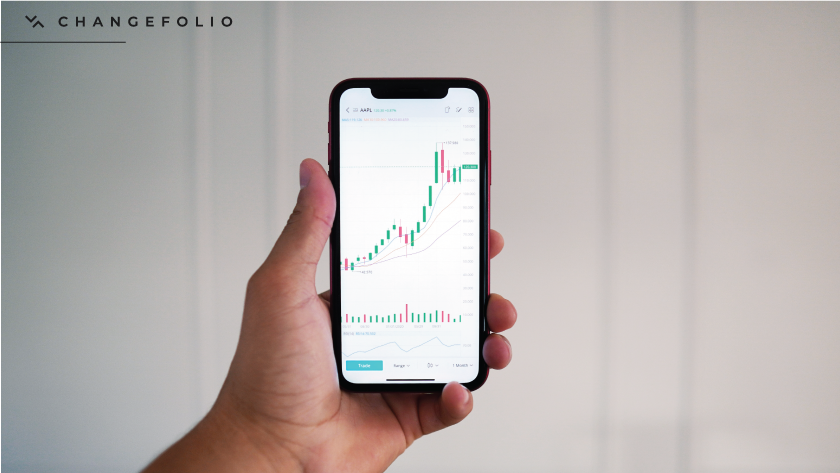
Data Analytics, with an emphasis on data and information management as well as business intelligence, is fast becoming a reality for most larger South African businesses. Business has largely realised that data is essentially an enterprise asset and should therefore be managed with the same diligence as other business assets. One of the key values that business derives from data is summed up by Steven Levitt, Co-author of Freakonomics who is quoted as saying, “Data, I think, is one of the most powerful mechanisms for telling stories. I take a huge pile of data and I try to get it to tell stories.”2 It is precisely this story-telling capability of data that is of extreme importance in adding value to change management strategies for change initiatives.
Although human resources departments gather metrics to ensure that staff well-being is prioritised and that conditions are as favourable as possible for individual performance, for many businesses there is still a disconnect between the focus on human resources in general and the impact that large scale change initiatives have on the people within the organisation. The too familiar story is one where the same stakeholder group is impacted by multiple (sometimes more than thirty, in my experience) compliance and other change initiatives, all having a direct or significant impact on the way the person will need to work going forward. Are we surprised then when people become fatigued and change resistant? Imagine if, as a business unit leader or risk practitioner, you had a view (or enterprise view), per stakeholder group, of how your staff are being impacted by the various formal change initiatives at any given time. When business leaders understand the type of impact on the various teams in their area such as the collective size of the impact (especially the collective demands being made on a particular team over and above their daily job requirements), proper change strategies can be created to manage the successful buy-in and deployment of these initiatives without losing the expertise which is so often the case when people feel overburdened in the workplace.
Change Management software can help provide organisations with an enterprise view of people impact per stakeholder group. Not only does this inform change strategies, such as choosing to consolidate awareness campaigns, engagements and training where there are synergies between projects, it is also likely to influence business decisions regarding business structure and resourcing.
Although businesses are becoming extremely adept at analysing data to inform business development and market risk, there should be a greater emphasis on people analysis using the same data. The truth is that the data is often already available. It just needs to be used.
A few examples?
Another familiar story is one where project managers are expected to complete ‘change management’ strategies and activities for their various projects. This usually means that they arrange for training to be done, and they send out the occasional communication informing the stakeholder group of a change that is on the horizon. A business may get away with this view of change management if it has relatively few change initiatives with low impact on its employees. This view of change management often leaves the overwhelmed staff member feeling fatigued and change resistant. The project manager is often frustrated by the lack of responsiveness of their audience not realising that the so-called change activity has woefully missed the mark. A move towards change maturity is becoming increasingly important to manage the grand scale of change experienced by most organisations on a daily basis.
If an organisation is to develop it’s change maturity it needs to utilise change practitioners in a more strategic manner. In other words, this cannot be fully achieved without the conscious support of the business sponsors and project owners. Business analytics, as already discussed, together with change management strategies and analytic tools such as stakeholder analysis, people impact analysis, readiness assessments and periodic ‘temperature’ surveys throughout the project lifecycle should be employed, and these are usually beyond the skills of the average project manager. This is even more effective when done in the context of an enterprise view.
As the Canadian Communications Professor, Marshall McLuhan said, “A point of view can be a dangerous luxury when substituted for insight and understanding.”1 For maximum value in implementing change, business should consciously move from hunches and opinions to an analytics approach to managing its change. With analytics informing change management strategies, a responsible and effective change strategy can be designed and implemented. Instead of checklist change activities, a structured or focused approach is employed, and results are maximised.
References: